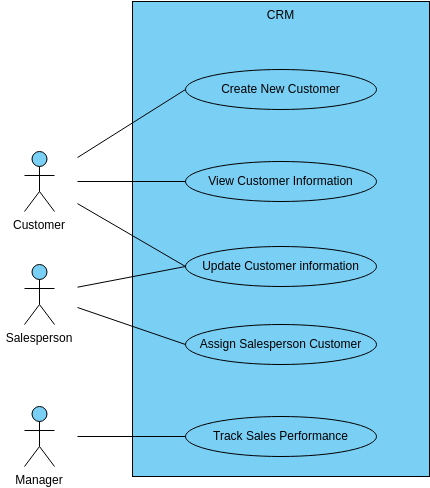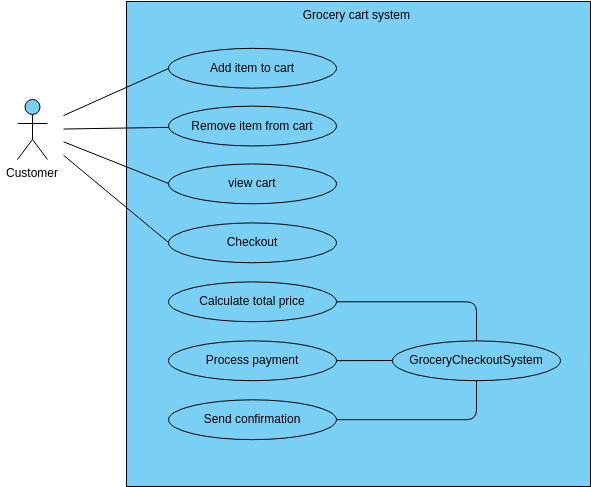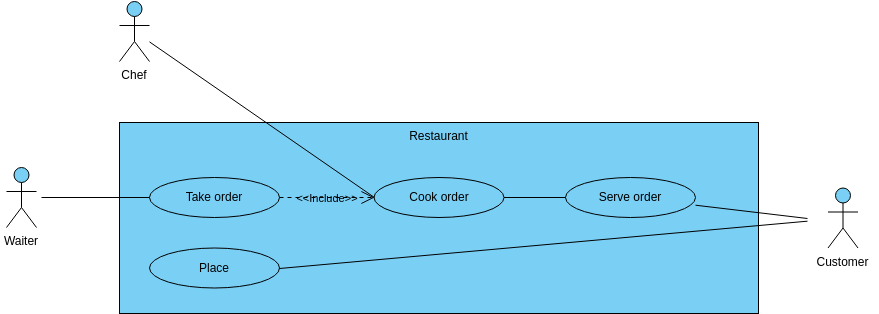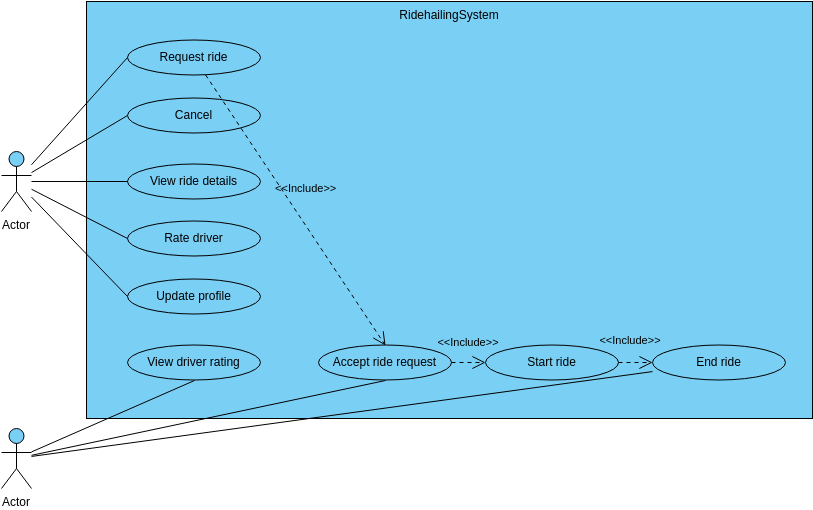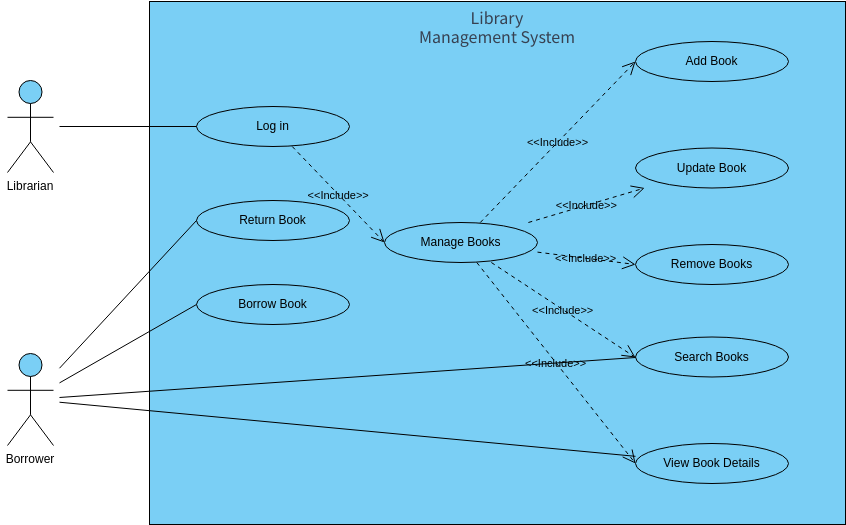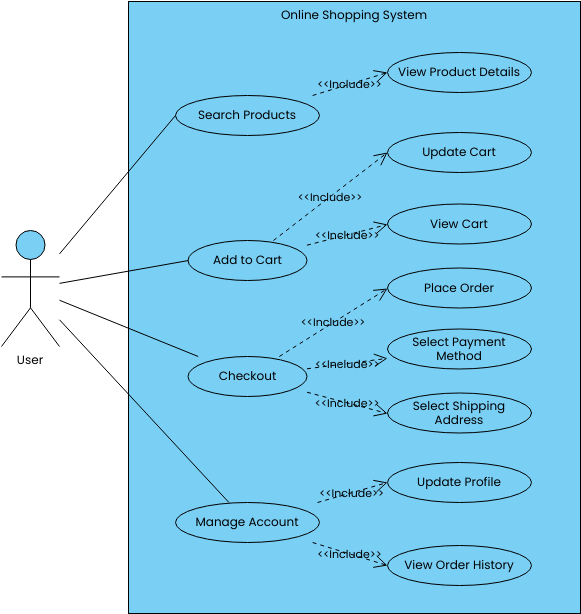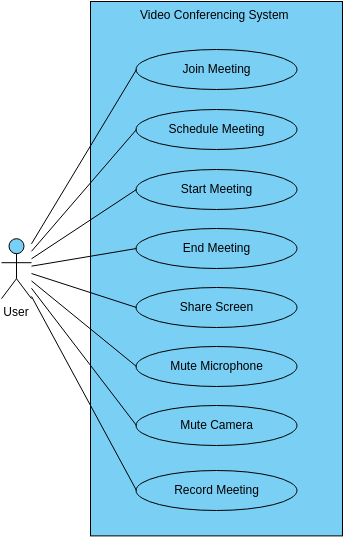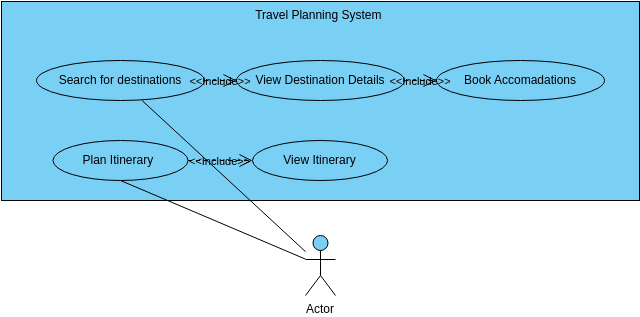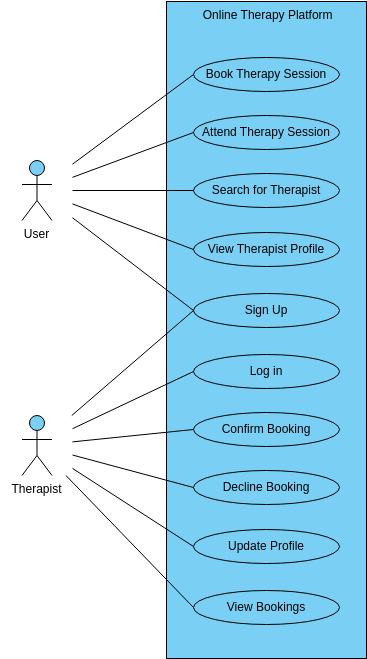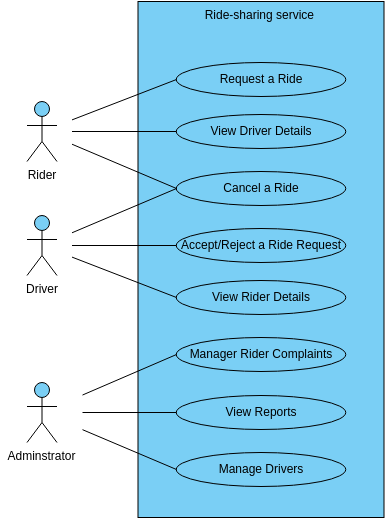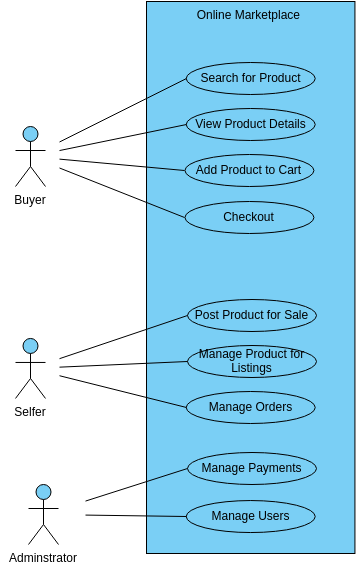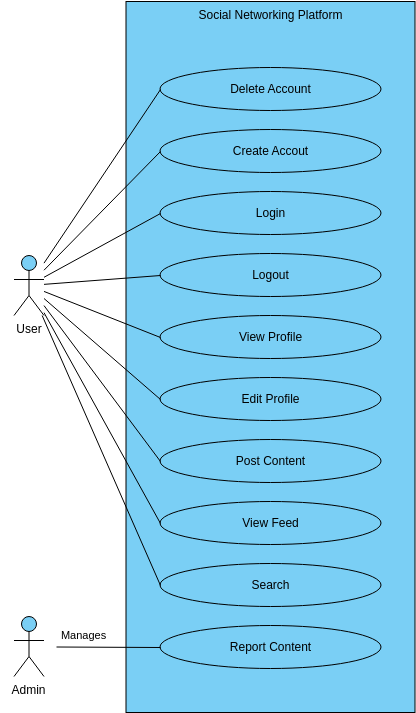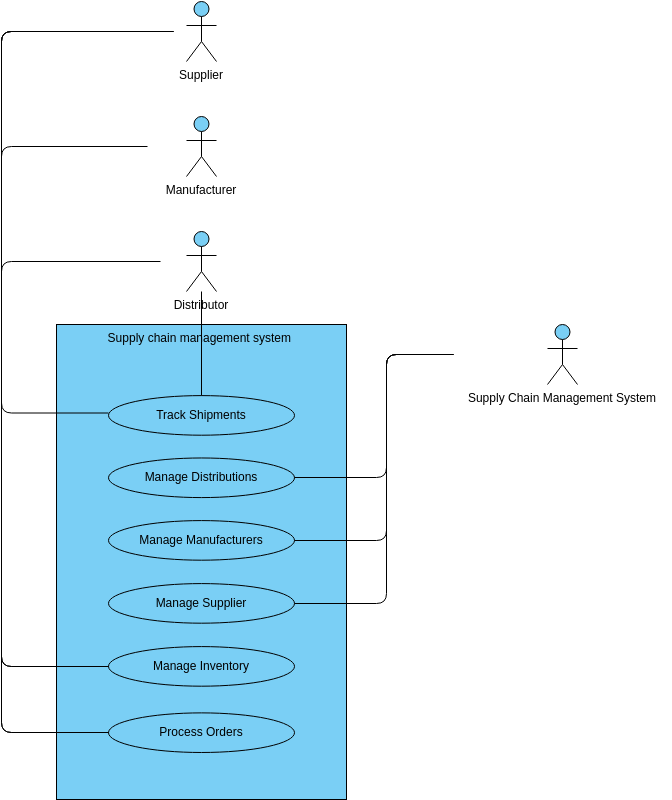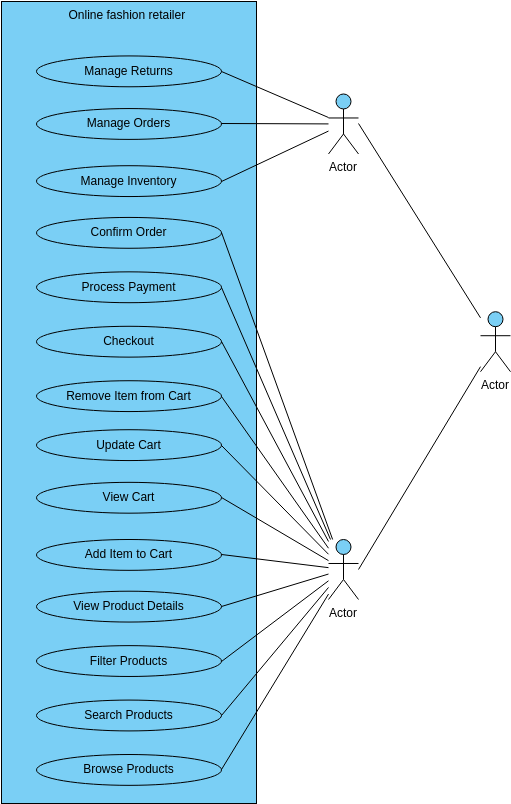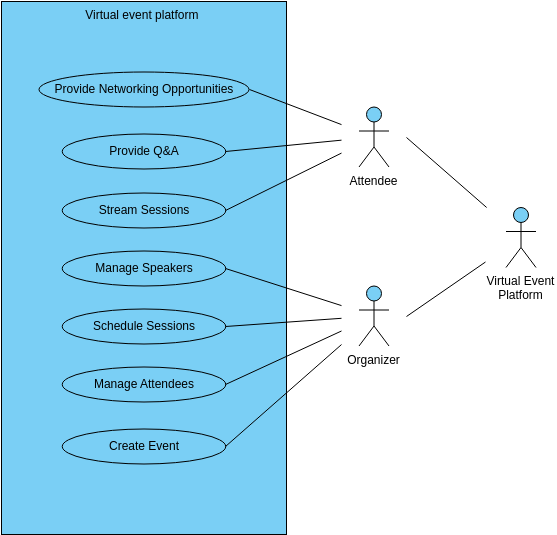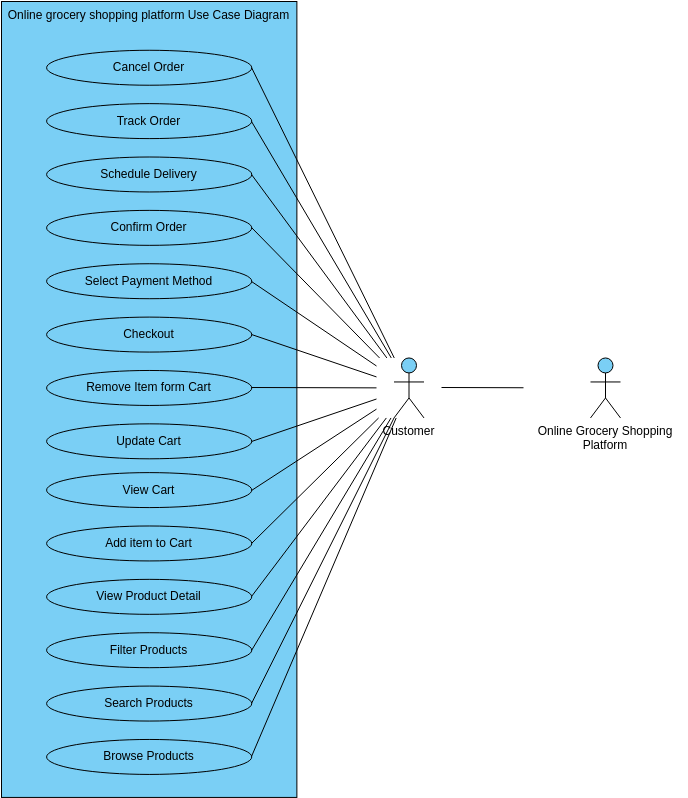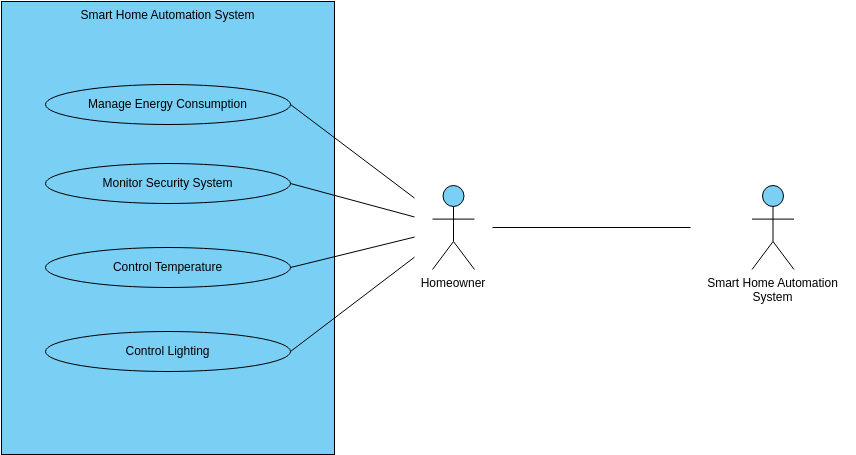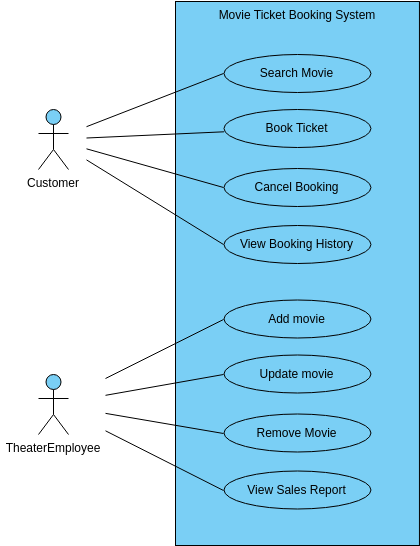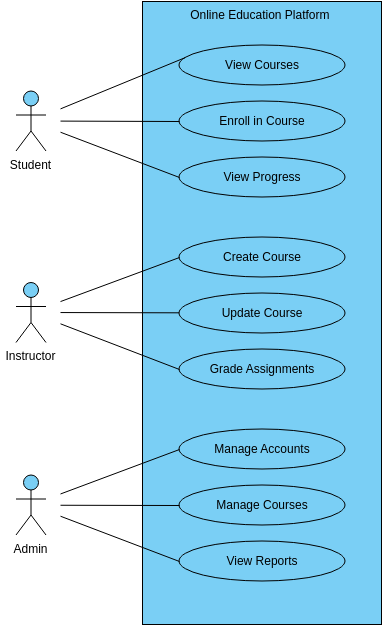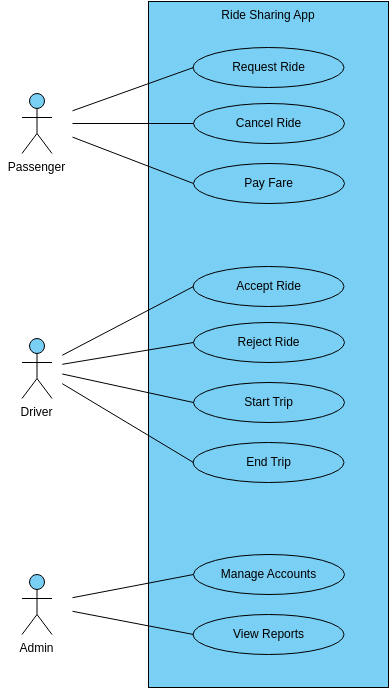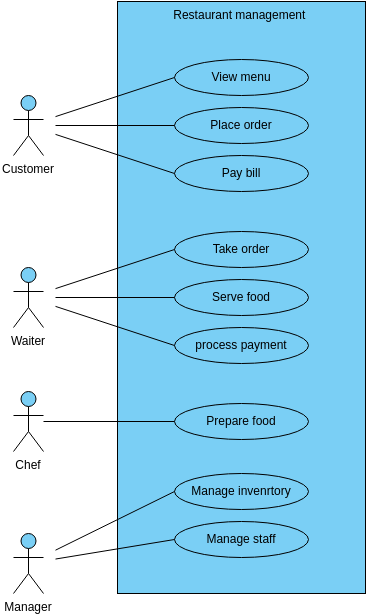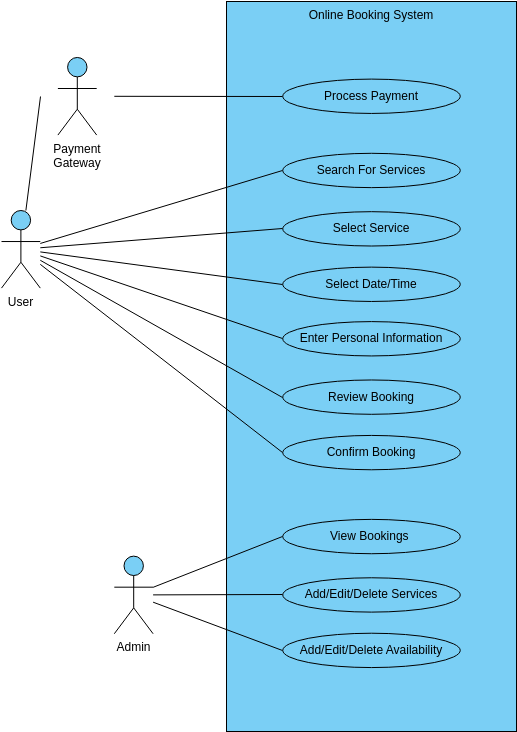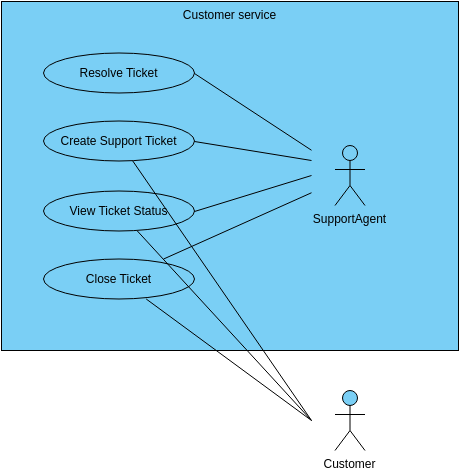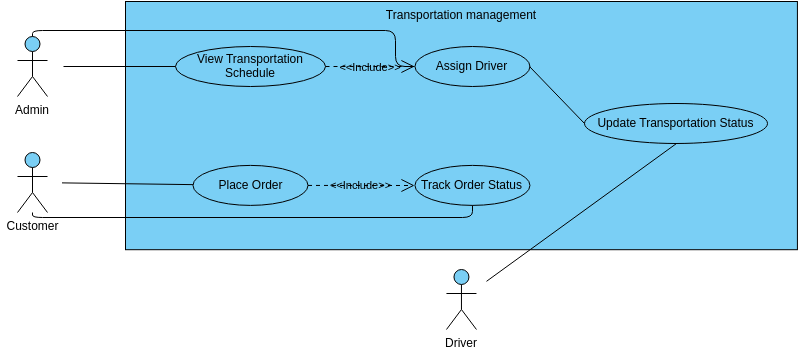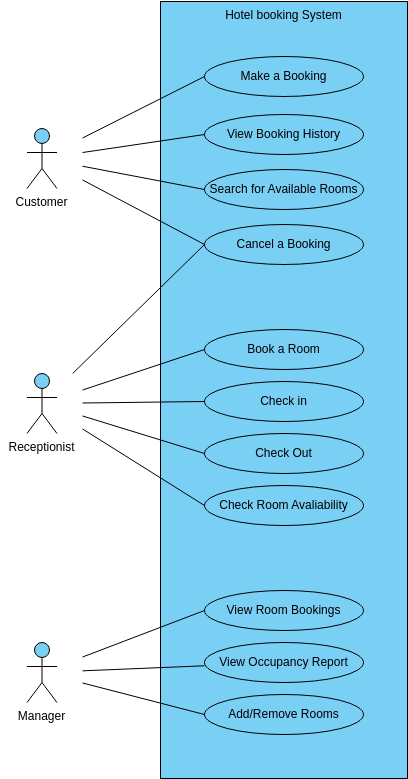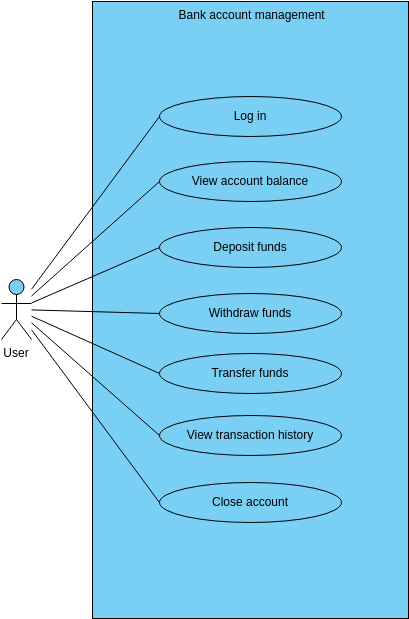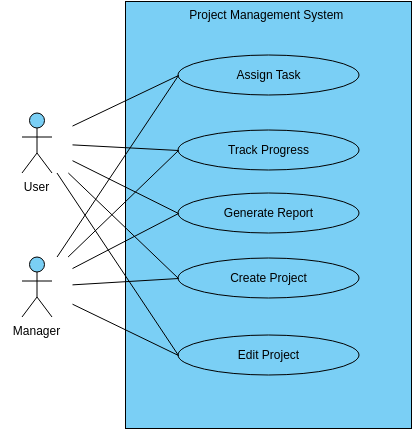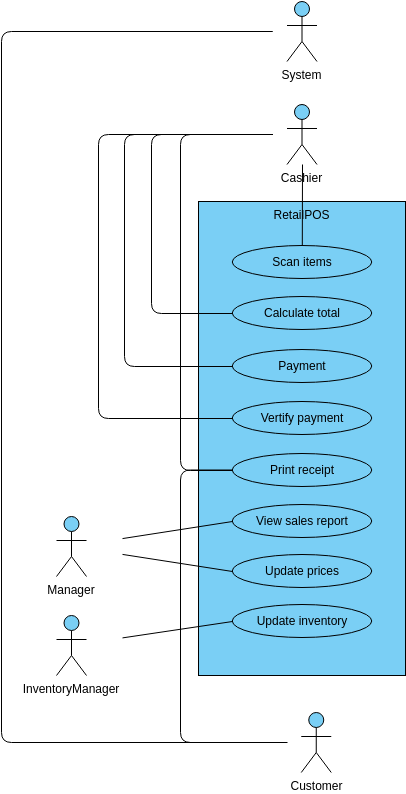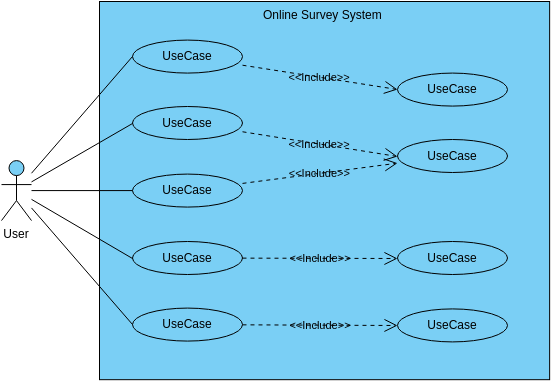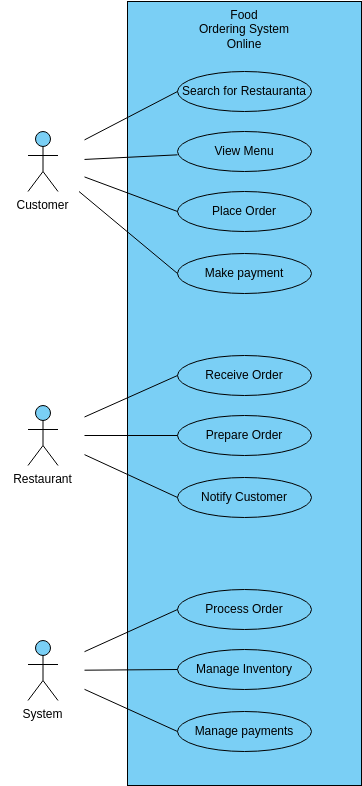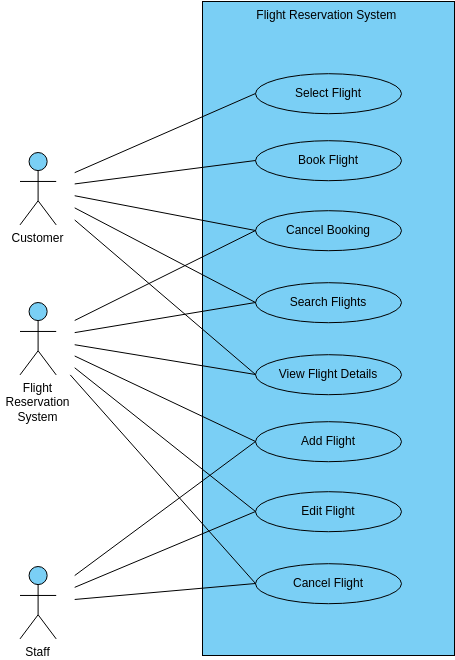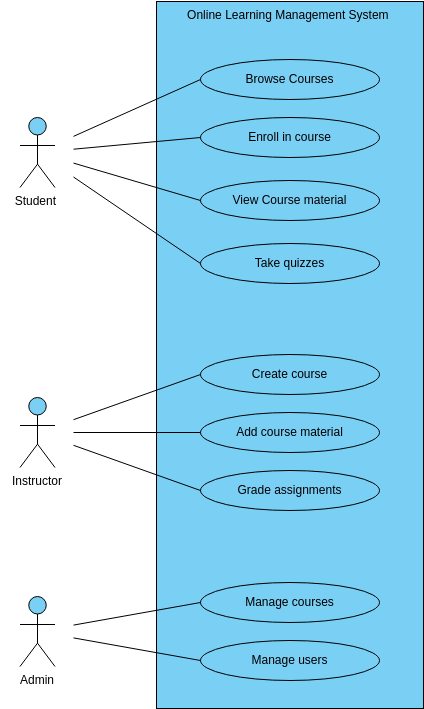Customer Relationship Management System
A Customer Relationship Management (CRM) System is a software tool that helps businesses manage their interactions with customers. The first case in a CRM system is to create a new customer. This involves gathering information about the customer, such as their name, contact information, and any relevant details about their business. By inputting this information into the CRM system, the business can keep track of their customers and organize their interactions with them.
The second case in a CRM system is to view customer information. This allows businesses to see a detailed view of each customer, including their contact information, purchase history, and any notes or interactions that have been recorded. By having this information readily available, businesses can better understand their customers' needs and preferences, and tailor their interactions accordingly.
The third case in a CRM system is to update customer information. Customers' contact information and other details may change over time, so it's important for businesses to keep this information up-to-date. With a CRM system, businesses can easily make changes to customer information and ensure that they have the most accurate information available.
The fourth case in a CRM system is to assign a salesperson to a customer and track sales performance. By assigning a dedicated salesperson to each customer, businesses can establish a personal relationship with their customers and better understand their needs. Additionally, by tracking sales performance, businesses can see which customers are generating the most revenue and identify areas where they can improve their sales strategies. This information can be used to optimize the sales process and improve overall business performance.
Benefits of creating this diagram
Creating a diagram for the Customer Relationship Management (CRM) System provides several benefits. First, it helps to visualize the system's structure and components, making it easier to understand how different parts of the system work together. This can be particularly helpful for businesses that are new to CRM systems or have complex processes that involve multiple departments or teams. By creating a diagram, businesses can ensure that everyone involved in the system has a clear understanding of how it works and what their role is in the process.
Second, creating a diagram can help businesses identify areas for improvement or optimization within the CRM system. By visualizing the system's components and processes, businesses can identify bottlenecks or areas where there may be redundancy or inefficiencies.
This information can be used to streamline processes, optimize workflows, and improve overall system performance. Additionally, by having a clear understanding of the system's structure and components, businesses can more easily identify areas where they may need additional training or support to fully leverage the system's capabilities. Overall, creating a diagram for the CRM system is a valuable exercise that can help businesses optimize their processes, improve performance, and better serve their customers.
